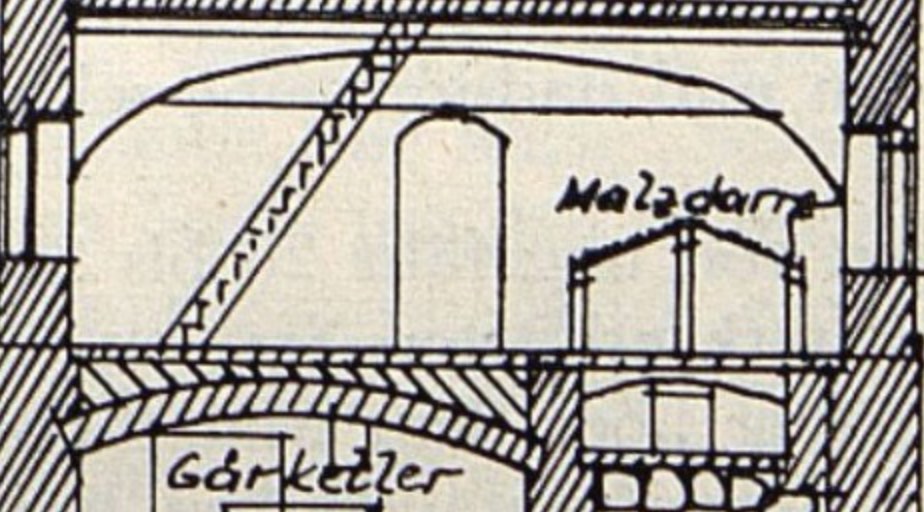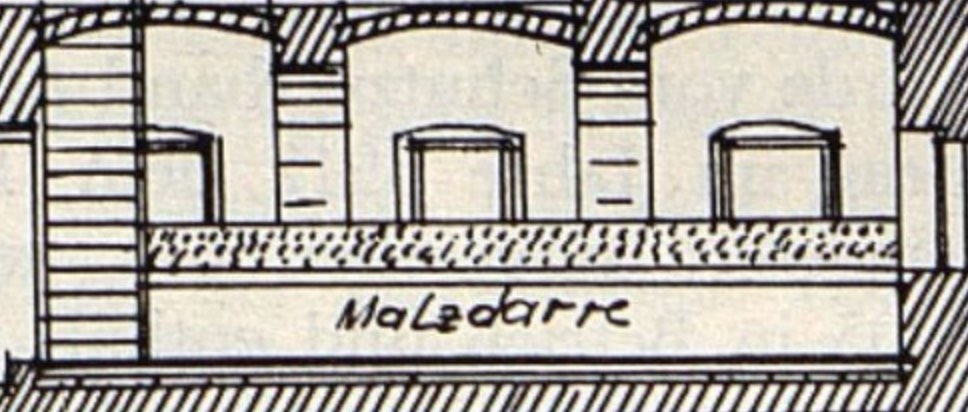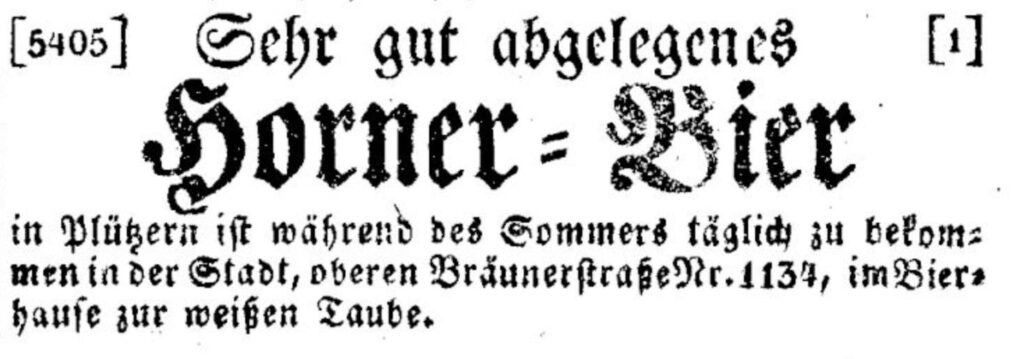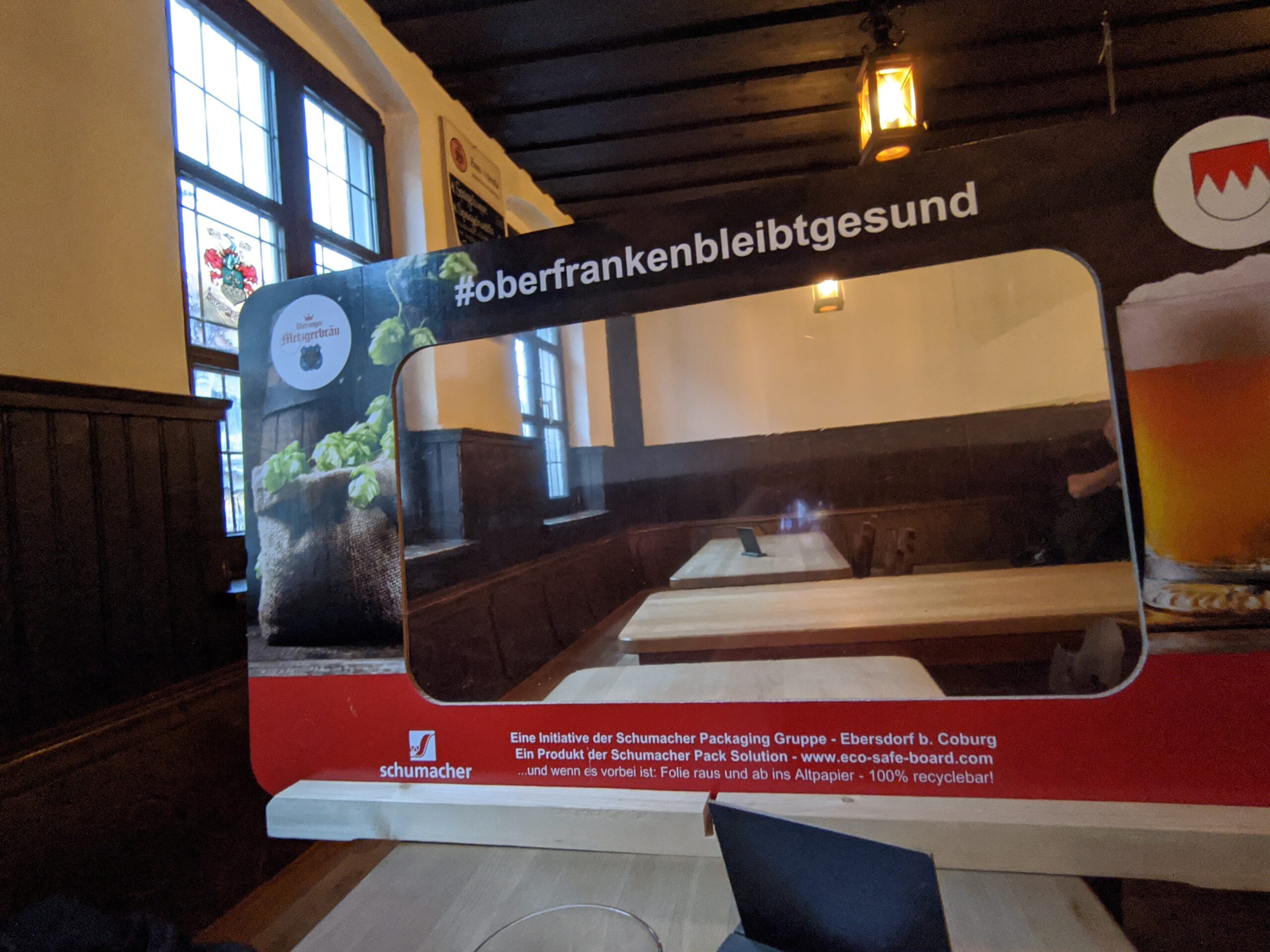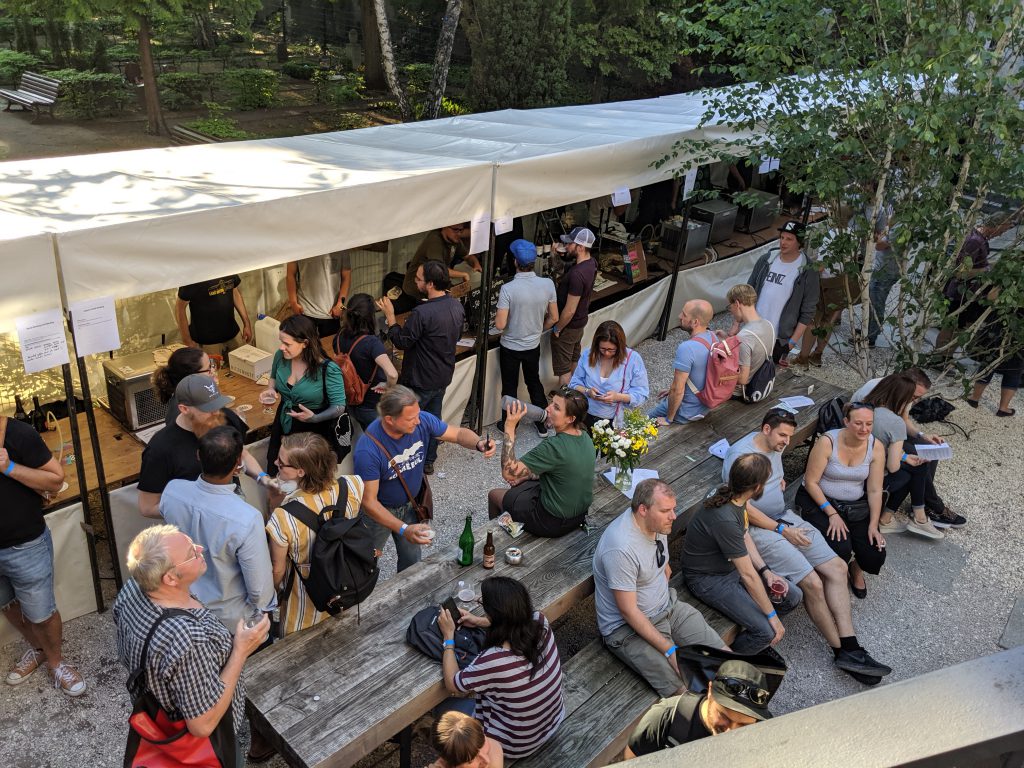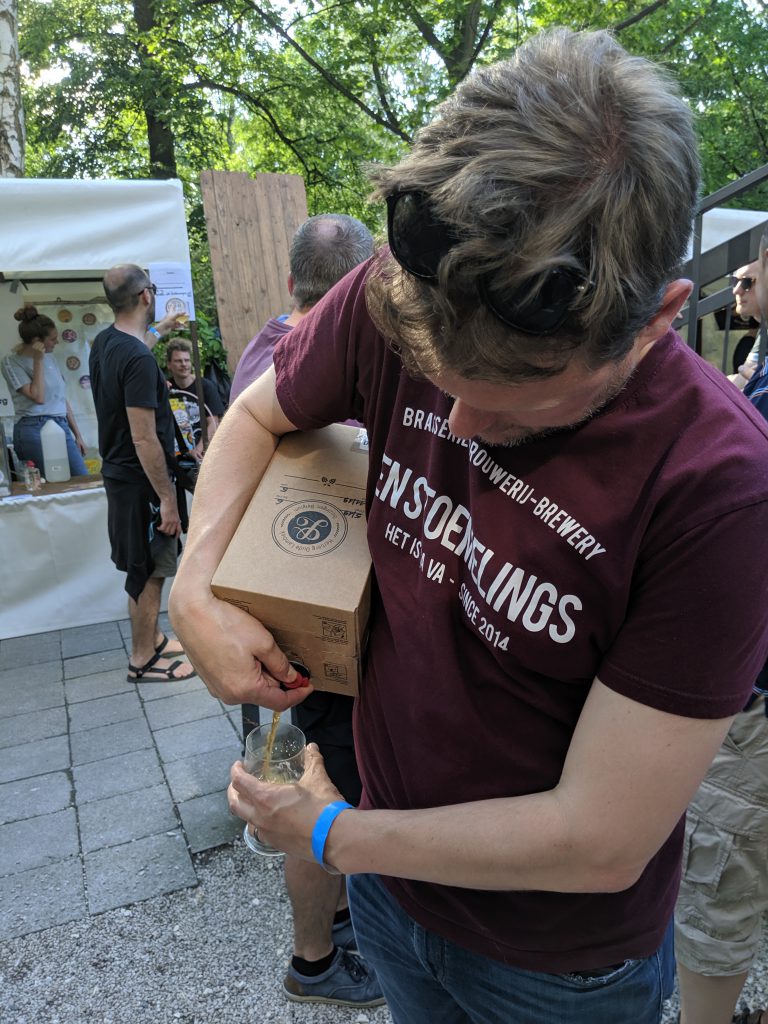I’m not really an expert on Belgian beer styles. I do like my gueuzes and lambics, and there are some Belgian beers that enjoy occasionally (my wife and I keep a collection of various vintages of Orval), but my personal interest is not exactly focused on Belgian beer, and therefore I don’t seek them out regularly or brew them at home.
My Dutch neighbour Rick though, he’s very much into Belgian beer styles. When he learned that I knew how to brew beer at home, it was clear that we had to brew something together. I asked him what his favourite beer style was (it’s Tripel, with his favourite beer being Tripel Karmeliet), and so we decided to brew a Tripel. Prior to that, I had only brewed one Tripel that was loosely inspired by Brooklyn Brewery’s Local 1. So off I went to do a bit of research.
My first decision was to make the base mostly Pilsner malt, and use some sort of sugar so as to make the beer “thinner”. With a high original gravity, you’d expect the final gravity to be fairly high and the beer to be full-bodied, so adding sugar to amp up the original gravity but keep the final gravity at a fairly low level is the way to go.
With the hope of adding a bit more complexity to the malt profile of the beer, I decided to also add 500g of flaked spelt. Not only is it a fairly cheap and easy to get ingredient, it could potentially also impart its own flavour to the beer, and (as a relative of wheat) also help with head retention.
When it came to the choice of sugar, I first looked at what my options are with pale candi sugar. Turns out, candi sugar syrup from home-brew stores is really expensive, and so I decided to look into other types of sugar. I found a slide deck “The Sugars of Tripel” by Ted Hausotter which discusses several option in great detail and also involved some experimentation. If you plan to brew a Tripel yourself and are thinking your sugar options as well, don’t miss this presentation. Looking at the slides of tasting results and rankings of the type of sugar used, I opted to go for cane sugar, as it seemed an okay option that also didn’t deteriorate flavour-wise over time. There was some warning that sucrose could add a slight cidery note to the finished beer, but I was willing to risk that.
As for the yeast, I took a closer look at what my options were with dry yeast. Fermentis has two options that could roughly fit the phenolic and estery profile of Tripel, namely SafAle BE-256 and SafAle T-58. Lallemand also has two options, one is their LalBrew Abbaye, the other one a more recent offering that might seem a bit unusual at first: LalBrew Farmhouse, which they describe as a hybrid-style saison yeast. Unlike most other saison strains, this one is non-diastatic, meaning the yeast is missing a gene that would otherwise help it enzymes to break unfermentable sugars down to help ferment a beer to absolute dryness.
When I came across that product, it actually got me thinking: normally, saison yeasts are a bit more phenolic in their flavour profile, but if that yeast is indeed non-diastatic, I could end up with a beer less dry and still with enough body to make it a convincing Tripel. What’s the worst that could happen? If the flavour profile does turn more towards a typical saison, I’d have something akin to Dupont Bons Voeux. So let’s be a bit experimental.
When it came to hopping, I wanted to have enough bitterness and hop aroma so as not to make this beer too sweet. It’s what I had noticed with some Tripels, and Joe Stange had also mentioned to me in the past that Tripels can work surprisingly well even with higher levels of bitterness. I think his prime example was Westmalle Tripel. When aging strong beers, my experience is that you could lose quite a bit of noticeable bitterness, so it’s better to aim too high than too low. In the end, I decided for go for 1g/L of Herkules (16.7% alpha acid) as bittering addition, 1g/L of 2021 harvest Saaz hops (4.2% alpha acid) as flavour addition (30 minutes before end of boil), and 2.5g/L of the same Saaz hops as late aroma addition (5 minutes). In terms of calculated IBU, this should end up at about 38 IBU.
The brew day itself was fairly relaxed: Rick and I mashed in 5.2 kg of Bohemian Pilsner malt and 500g of flaked spelt, did an initial protein rest for about 15 minutes at 54°C, then ramped up to 62°C for saccharification for about 40 minutes, and then 72°C for another 30 minutes, finished off with an increase to 78°C. Lautering and sparging went fine, and we mixed in and dissolved 1.2 kg of cane sugar (an organic own brand from a local health and beauty retailer that is ever so slightly darker than regular table sugar). After 60 minutes of boiling and adding all our hop additions according to schedule, we chilled the wort to 20°C, measured OG (19°P) and pitched two sachets of the Lallemand Farmhouse yeast.
I had originally planned the recipe for an OG of 18.5°P, but for whatever reason, we had slightly higher extraction and got 19°P. Surely not a bad thing.
After about 2 weeks, the beer was fully fermented. We then bottled it, using the same cane sugar for priming, and then let it sit for a few weeks for bottle-conditioning. The final beer came out at 2.7°P FG, which means that the final beer should have about 9.2% ABV.
We finally sampled the first bottle together this Friday. The resulting beer was actually less bitter than expected, and the hop aroma was more subtle than what I had expected, but nevertheless present in sufficient amounts. The beer itself looked slightly hazy, with a pale orange tone that made it look very inviting. The foam was very white, long-lasting and pretty dense, while the carbonation was exactly the right amount to make it pleasantly fizzy but not overly so (we went for about 2.5 volumes / 5g/L carbon dioxide). As for the flavour of the beer itself, I think the yeast expressed a very balanced amount of fruity ester and spicy phenols without either of them being too much in your face or overpowering anything. The body is just right, not too dry and not too full, which makes the beer dangerously easy to drink. The alcohol does not show at all, it is very smooth and slightly warming, and no cidery note from using cane sugar was noticeable. Rick (as a home-brewing newbie and Belgian beer aficionado) was very happy, and so was I, as I hadn’t brewed this style much beforehand, and therefore was really just guessing my way into a recipe based on some reading about the style that I had done.
The choice of yeast, although a bit risky because it was supposedly not an ideal match for the style, was a good call, and I can absolutely recommend Lallemand Farmhouse dry yeast for Belgian Tripels and similar styles. Keeping the grist simple with just Pilsner malt and spelt flakes also turned out to be a good choice, as was the use of cane sugar.
To summarize the recipe:
- 5.2 kg Pilsner malt
- 0.5 kg flaked spelt
- 1.2 kg cane sugar
- 20 g Herkules hops (16.7% alpha acid) @ 60 minutes
- 20 g Saaz hops (4.2% alpha acid) @ 30 minutes
- 50 g Saaz hops (4.2% alpha acid) @ 5 minutes
- 2 sachets Lallemand Farmhouse hybrid saison yeast
Mash in and do multi-step infusion mash as described above (54°C, 62°C 40 min, 72°C 30 min, 78°C mash-out), lauter, sparge, add cane sugar to wort, boil 60 minutes with hop additions as describe above, chill to 20°C, pitch yeast, package with carbonation level of 2.5 volumes / 5g/L.





